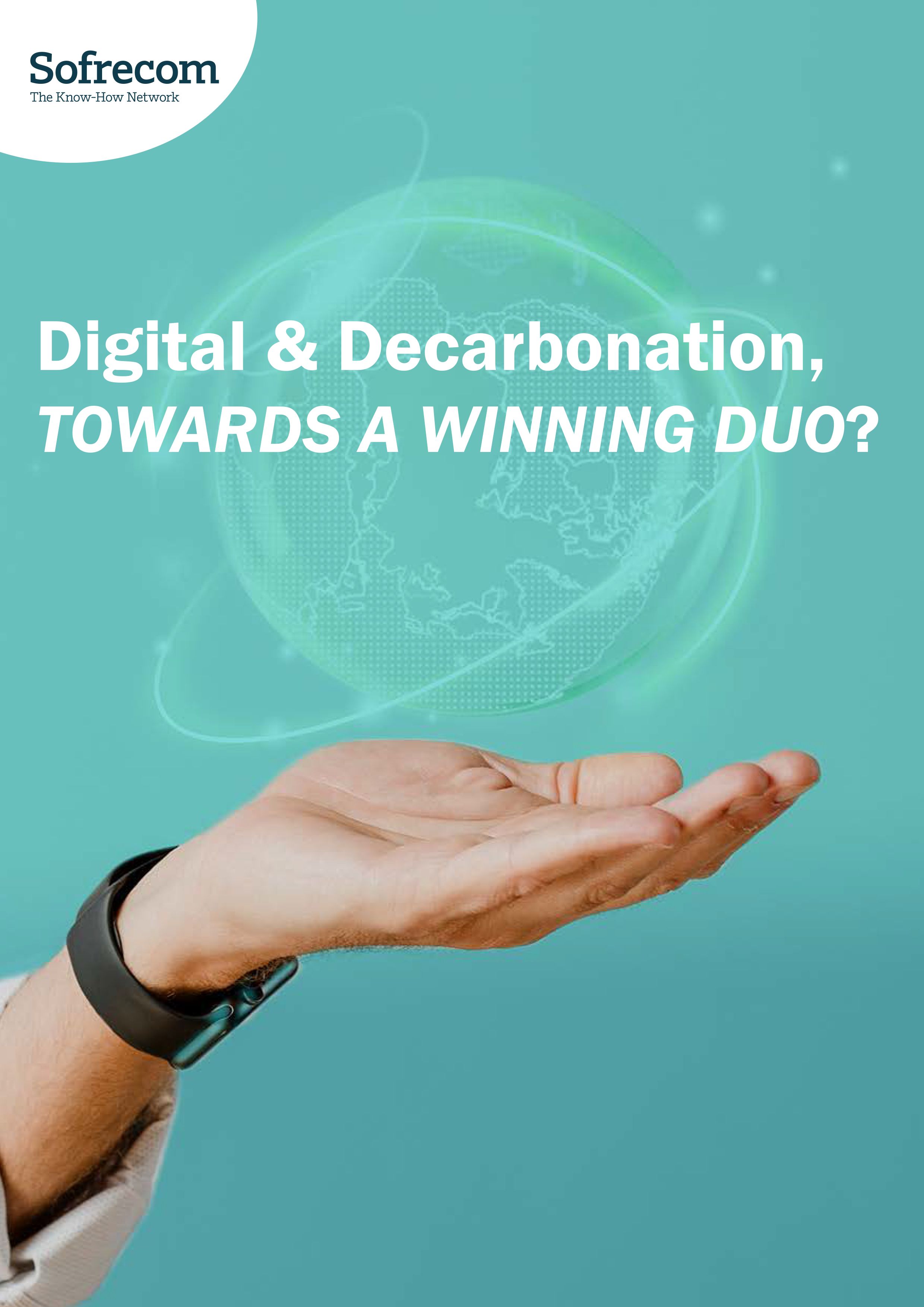

The challenge is to give operational continuity to this initiative for measuring material circularity, driven by the Ellen MacArthur Foundation, which remains the most advanced to date on a product scale.

In a context of dwindling raw materials, the circular economy appears as the means on which companies must rely to reduce their dependence on materials. To initiate a continuous improvement process, measuring the circularity of the resources used is essential.
In this regard, the CSR Department of a major European operator chose Sofrecom to conduct an exploratory study to assess the relevance of measuring the circularity of the company focused on the actual material flows of the products. The conclusions of this study led to the implementation of an indicator to monitor the material circularity of the company by tracing the material flows associated with the life cycle of certain marketed products.
To anticipate challenges in resource management, using the MCI was also a communication lever around its commitment, the efforts deployed, and the progress made in circularity.
Study Objectives and Deployed Methodology
The objectives of this study were clearly established from the start:
Understand the state of the art of circularity indicators at the product level.
Based on existing indicators, from a benchmark of available indicators (with a focus on their costs, scope, and methodology), recommend an operational indicator for measuring the circularity of products sold by Orange France.
- Configure the chosen indicator in Excel in a clear and didactic manner to enable its future use by client teams.
- Collect the necessary data for the first circularity calculations.
- Conduct an initial calculation approach for boxes and smartphones to test the robustness of the approach.
The Sofrecom consultant conducted a precise exploration of MCI use cases, supplemented by contacts with its creators to understand its advantages, limitations, and improvement possibilities. By mobilizing the expertise of a data analyst, the MCI was programmed to enable broader use in the telecommunications domain.
The indicator was tested on a sample of B2C products at this operator, including six Android smartphones and two boxes. This mission also resulted in the creation of a dashboard to monitor circularity at various levels (product, product category, and all marketed products).
Finally, the study confirmed the relevance of the Ellen MacArthur Foundation's MCI as a tool for monitoring and improving the circularity of the company at the product level. The MCI can be adapted to the specific needs of a company, focusing on conflict materials, for example, or used for a specific product category. The tool can help prioritize circularity improvement actions between those carried out at the procurement stage, those carried out with customers, or with partners responsible for end-of-life management (reconditioners or recyclers).
The MCI calculation currently has a higher level of approximation due to the transparency of suppliers concerning the materials used and their recyclability that can still be improved.
An indicator with many operational benefits
The main challenge of the MCI lies in the data collection process. Although essential, this collection phase proved tedious, with various information scattered within this group and its partners or simply unavailable.
Narrowing the scope of the study and using relevant assumptions simplified the calculation while preserving the MCI's objective, which is to compare several generations of products and track their circular performance over time.
In terms of benefits for the client, we can mention:
- Provision of a functional product circularity indicator based on a robust and precise calculation method from the Ellen MacArthur Foundation.
- Delivery of an MCI to the client, allowing the calculation of the circularity of any type of product at this operator, subject to collecting all necessary data.
- A dashboard that provides a visual interpretation of product circularity to facilitate monitoring and reporting (circularity tracking over several generations of products or comparison of several products in the same category).
- A detailed presentation of the MCI (benefits, limitations, and action levers to improve product circularity).
- Finally, a potential contribution to SDGs: 12.2, 12.4, 12.5.
Beyond the immediate needs of this operator for managing its circularity, one of the recommendations of this mission is to encourage the use of the MCI throughout the telecommunications sector to promote the availability and transparency of data. In the end, the challenge is to give operational follow-up to this initiative to measure material circularity, initiated by the Ellen MacArthur Foundation, and which remains the most advanced to date at the product level.





